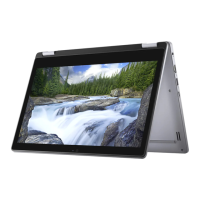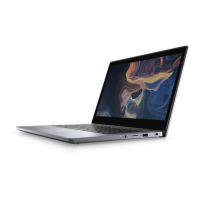Table 4. System setup options—Boot Configuration menu (continued)
Boot Configuration
Secure Boot Mode Enable or disable to change the secure boot mode options.
By default, the Deployed Mode is enabled.
Expert Key Management
Enable Custom Mode Enable or disable custom mode.
By default, the custom mode option is not enabled.
Custom Mode Key Management Select the custom values for expert key management.
Table 5. System setup options—Integrated Devices menu
Integrated Devices
Date/Time Displays the current date in MM/DD/YYYY format and current time in
HH:MM:SS AM/PM format.
Camera Enables or disable the camera.
By default, the Enable Camera option is selected
Audio
Enable Audio Enable or disable the integrated audio controller.
By default, all the options are enabled.
USB Configuration
● Enable or disable booting from USB mass storage devices that are
connected to external USB ports.
By default, the Enable External USB Ports option is enabled.
● Enable or disable booting from USB mass storage devices such as external
hard drive, optical drive, and USB drive.
By default, the Enable USB Boot Support option is enabled.
Disable USB4 PCIE Tunneling Disable the USB4 PCIE Tunneling option.
By default, the option is disabled.
Video/Power only on Type-C Ports Enable or disable the Type-C port functionality to video or power only.
By default, the Video/Power only on Type-C Ports option is disabled.
Table 6. System setup options—Storage menu
Storage
SATA/NVMe Operation
SATA/NVMe Operation Set the operating mode of the integrated storage device controller.
By default, the RAID On option is enabled.
Storage interface
Port Enablement This page allows you to enable the onboard drives.
By default, the M.2 PCIe SSD option is enabled.
SMART Reporting
Enable SMART Reporting Enable or disable Self-Monitoring, Analysis, and Reporting Technology
(SMART) during system startup.
By default, the Enable SMART Reporting option is not enabled.
Drive Information
M.2 PCIe SSD
64 System setup

